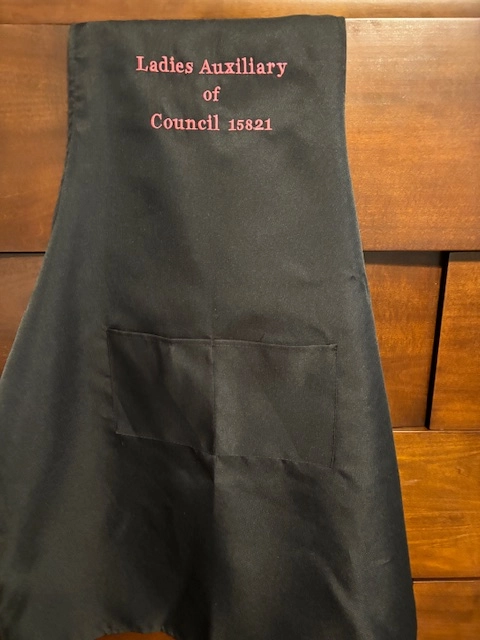The Art of Customized Embroidery: Unlocking the Secrets to Creating Unique and Memorable Layouts
Embroidery, a craft soaked in tradition and virtuosity, holds within its detailed stitches the power to change material right into a canvas of one-of-a-kind expression. The keys to producing customized embroidery styles that astound the eye and leave an enduring impact lie in a delicate balance of technique, imagination, and focus to detail. As we dig into the world of custom embroidery, we reveal the nuanced interaction between thread option, sew intricacy, and design personalization that raises a simple garment to a masterpiece. Join us on a trip via the art of custom needlework as we decipher the secrets behind crafting really remarkable and unique developments.
Picking the Right Embroidery Threads
When selecting needlework strings, what essential factors should you think about to guarantee the ideal results for your custom styles? The choice of needlework thread is crucial in establishing the last end result of your stitched style.
Moreover, the weight or thickness of the string plays a significant role in the appearance of the needlework. Thicker strings can add dimension and texture to your design, while finer threads are perfect for complex details and small text. Furthermore, considering the color fastness and washability of the string is crucial to ensure that your personalized styles preserve their top quality and vibrancy gradually. By thoroughly assessing these factors and selecting premium strings that fulfill your particular needs, you can improve the visual allure and long life of your stitched creations.
Checking Out Different Stitch Strategies
To explore the world of 'Exploring Various Stitch Techniques', one have to understand the details and subtleties that each sewing approach offers the art of embroidery. Various stitch techniques not only include visual interest yet likewise contribute to the overall appearance and dimension of the layout. One popular stitch method is the satin stitch, which involves carefully packed parallel stitches to develop a smooth and shiny surface area, perfect for completing shapes and developing strong describes.
On the other hand, the backstitch is a versatile strategy typically made use of for outlining and adding fine information. It includes sewing backwards to develop a strong line of needlework. Furthermore, the French knot stitch includes a tactile aspect to styles, ideal for creating distinctive accents like blossom centers or attractive touches.
Checking out different stitch methods enables embroiderers to have fun with light, shadow, and deepness within their styles, raising the visual allure and imaginative quality of their needlework jobs. By mastering various stitching techniques, one can unlock unlimited opportunities for developing one-of-a-kind and remarkable personalized needlework items.
Incorporating Personalized Design Elements
Having checked out the complexities of different stitch techniques such as the satin stitch, backstitch, and French knot, the emphasis currently changes in the direction of incorporating tailored style components in personalized embroidery jobs. Personalized layout components play a critical role in making embroidery jobs really unique and remarkable. One method to include customization is by including initials, names, or significant days to the layout. This not just includes a personalized touch however also enhances the nostalgic value of the needlework piece.
An additional means to integrate personalized layout elements is by consisting of icons or motifs that hold special meaning to the recipient or show their interests and character. Incorporating a hop over to these guys favorite flower, animal, or hobby-related sign can make the needlework style more purposeful and customized. Furthermore, picking colors that resonate with the recipient or straighten with the desired motif can additionally enhance the personalization of the embroidery job.
Grasping the Art of Color Coordination

One trick facet of color sychronisation is comprehending shade concept. This consists of recognizing just how different colors interact with each other, the feelings they communicate, and just how they can be integrated to produce visually attractive layouts. By using shade theory principles, embroiderers can develop harmonious shade schemes that improve the overall look of the layout.
Additionally, focusing on comparison is vital in shade sychronisation. Utilizing contrasting colors can aid particular components of the layout pop, improve legibility, and develop a visually vibrant needlework piece. By grasping the art of color control, embroiderers can elevate their styles and create memorable pieces that resonate with customers and audiences alike.
Enhancing Structure With Advanced Embroidery Stitches

French knots, for instance, are ideal for adding small, raised dots to your style, imitating the appearance of grains or creating a distinctive surface. Bullion knots, on the other hand, online tailored suits can be utilized to produce twisted, ropelike aspects that add an extravagant feeling his response to the embroidery. Seed stitching entails little, scattered stitches that can fill in locations with a multicolor structure, while turkey work produces fluffy, dimensional accents similar to pet fur or foliage. Trying out these sophisticated needlework stitches permits you to push the borders of typical needlework and develop absolutely one-of-a-kind and visually appealing appearances in your designs.
Conclusion
In verdict, the art of customized embroidery entails a mix of picking the ideal strings, checking out numerous stitch methods, integrating personalized design elements, understanding color coordination, and enhancing texture with sophisticated stitches. By understanding and executing these essential aspects, embroiderers can produce distinct and unforgettable layouts that showcase their creative thinking and ability. Needlework enthusiasts can unlock the secrets to producing lovely and custom pieces that stand apart and leave a long lasting perception.